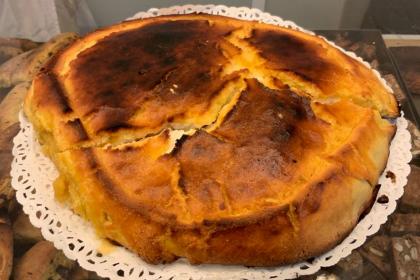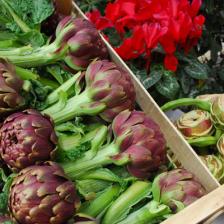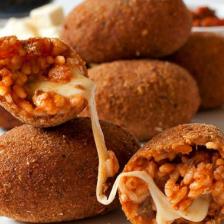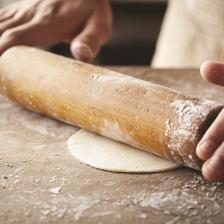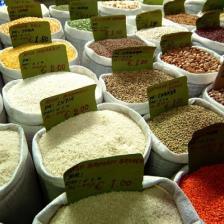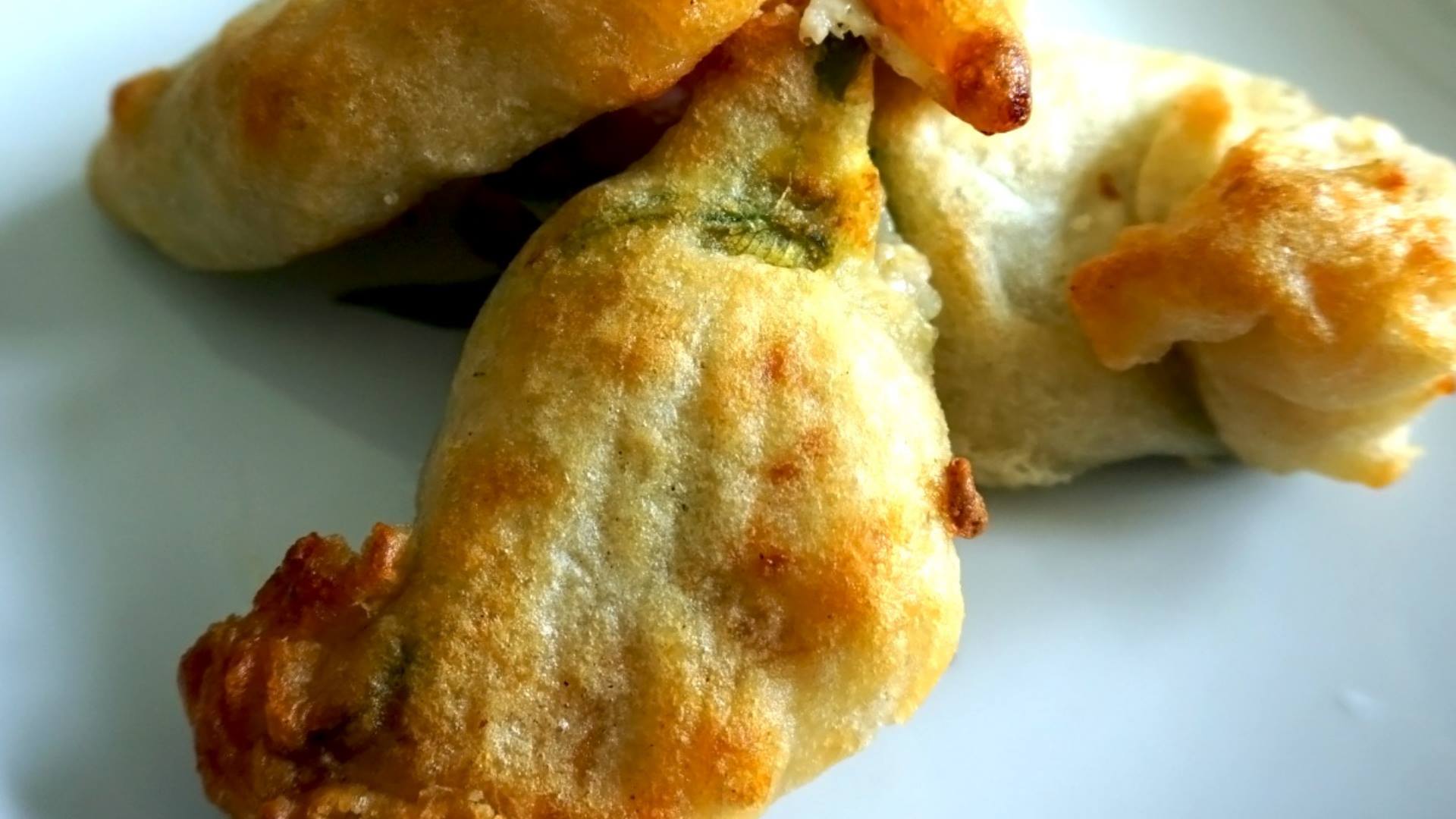
Rome, the city of great emperors, popes, and working-class people described by the poet Belli, Goethe’s city of the soul, is a metropolis that enchants with its millenary history. Exploring the Eternal City beautiful sites - monuments, churches and works of art - is also a journey through the many culinary specialities that you can taste anywhere in the Capital. If you want to discover its true essence, all you have to do is taste the traditional Roman cuisine, recipes that reflect its history, made with simple and often humble ingredients.
If "life is a combination of magic and pasta", as Federico Fellini said, the right way to experience tastes, colours and aromas, is walking along the streets and alleys of Rome. Here you can discover rustic dishes but with intense flavours. It is the cuisine of the real Romans, people who have always lived in the old city streets and squares, livening up the numerous inns and taverns.
Roman-Jewish cuisine: the ancient and tasty blend of flavours
The place of honour in our taste itinerary belongs to the Roman-Jewish cuisine, in which the features, cultures, and food of the two peoples combine and muddle up. Given that the Jews arrived in Rome way back in the 2nd century BC, fusion was inevitable. Like Roman culinary art, the Jewish one can transform even the poorest ingredients, properly combined, into something delicious. In a virtuous exchange, traditional Jewish recipes have influenced the Roman ones, just as Roman food products have inspired some “alla giudia” dishes. The meeting between the two cuisines is the basis of the gastronomic city tradition. It is hard to tell where the one begins and the other ends.
Where to taste the specialities of Jewish-Roman cuisine? In the shadow of the Tempio Maggiore, the Synagogue, the Portico d'Ottavia and the imposing Theatre of Marcellus, in the trattorias scattered in the streets of the Ancient Jewish Ghetto. Here the Jews were forced to live in segregation from 1550 until 1870. Still today, it is the heart of the Roman Jewish community.
Not trying the best artichokes in the world would be a real sin! Artichoke is undoubtedly the prince of Roman cuisine and one of the best ways to enjoy it is “alla giudia” (Jewish style). Salted, peppered and fried completely immersed in abundant boiling oil, it is absolutely delicious!
The Romans have always had a great passion for seasonal vegetables, protagonists of peasant-inspired recipes. Among these, we mention the “tortino di alici”, in which a pastry base is layered with anchovies and endives, a typical vegetable of the Roman countryside, baked and then eaten warm or cold. Delicacies for the palate are the gnocchi alla romana made with semolina, dunked in melted butter and parmesan, then baked; the tart made of sardines and artichokes, and a timbale of ricotta.
There are plenty of soups. The most famous one is prepared with broccoli and arzilla - the Roman name for a delicate white fish. A classic dating back to ancient Rome is the chickpea soup with "pennerelli", small pieces of meat, strictly not pork, in compliance with kosher dietary rules.
Lamb is another great protagonist on the table: breaded and fried ribs, a scottadito (cooked on a hot grill or embers and eaten very hot to burn your fingers), baked with potatoes, or pan baked with olives or lemon. This meat reminds us of the origin of the Roman people, described by historical sources as a people of shepherds linked to legends of woodland gods, protectors of the flocks.
In Rome, it is popularly called "abbacchio". This word derives from the ancient custom of tying lambs to a post, ad baculum, up to the fourth month of age, as described by Varro, a Latin writer of the second century BC. In addition to lamb, a typical Easter dish, chicken is also part of the gastronomic tradition, fried or cooked with peppers, traditionally prepared for the 15th August.
It's not just a slice of bread!
In Roman cuisine, bread has a privileged place: from ancient Rome to the Middle Ages, up to the Renaissance, it has always been the protagonist of the tables. No Roman would ever consider sitting down to eat unless there was some bread on the table!
There cannot be anyone who has never heard of bruschetta. It is a slice of toasted bread ("bruscato"), rubbed with garlic and seasoned with oil and salt or enriched with a lot of ingredients, such as tomatoes, peppers, cheese, onions. Today, this peasant dish, initially a way of using up the stale bed, is "crunched" everywhere as an inviting appetizer.
Street food: the delicious snack with thousand-year-old origins
The culture of street food was widespread already in ancient Rome. Many private homes did not have a kitchen. So, it was not unusual for the Romans to have their meals in some kind of ancient "take away" overlooking the street. The street vendors, called lixae, sold bread, biscuits, legumes and dried fruit on their stalls. The street food so loved today is certainly not a modern invention! Among the "descendants" of the takeaway foods loved by the ancients are the crunchy fillets of baccalà (salt-cod); the courgette flowers - stuffed with mozzarella and anchovies, then fried in batter; the succulent supplì al telefono, fried rice balls stuffed with mozzarella; fragrant sandwiches with porchetta, tasty boneless roast pork. Amazing treats that you can taste in all pizzerias "a taglio" and rotisseries in Rome.
From every corner of the city, the bakeries spread irresistible aromas, inviting you to have quick and fragrant snacks. How can we forget one of the tastiest Roman specialities? Let's talk about pizza. Bianca "in teglia" (pan pizza) is a must: thin and crunchy or thick with oil and sea salt. It is delicious with some freshly sliced mortadella or – in the summer – filled with figs and prosciutto crudo for real foodies. The old ovens are incomparable in preparing the pizza rossa, with a thin crust cooked on a baking sheet, oiled and covered with tomatoes, to eat while walking through the streets of Campo Marzio. After a visit to the majestic Pantheon or browsing through the market stalls of Campo de' Fiori and the artisan shops of the surrounding alleys, "when in Rome, do as the Romans do": enjoy a moment of pure joy for the palate with a bite to terrific pizzas and sandwiches.
The round pizza: art, tradition and Roman good humour on the plate
In the evening, pizza becomes the queen of the table: margherita, capricciosa, with mushrooms or ham, thin and crunchy on the sides. Explore Rione Testaccio, the folk soul of the city, and Rione Trastevere, inspiration for the great Roman poets. Here, you can feel the atmosphere of the Rome of yesteryear, between delicious bites and a glass of wine from Castelli Romani. If you are even more curious, there are plenty of Roman pizzerias. Just take a walk in the lively and bohemian districts of San Lorenzo and Pigneto, through Ostiense industrial architectures or in the elegant Rione Prati. You are truly spoilt for choice!
A poem about bread, written by Aldo Fabrizi in Roman dialect in 1970, entitled “Nonno Pane” (Grandpa bread), praises the versatility of bread. It says that besides bruschetta and panzanella, it goes well with practically every ingredient under the sun but is particularly good if you are hungry!
Pizza
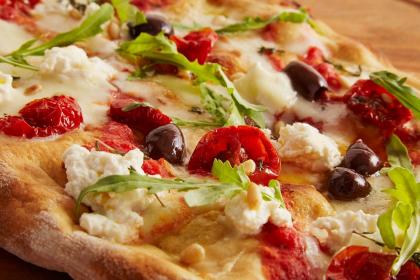
Street food
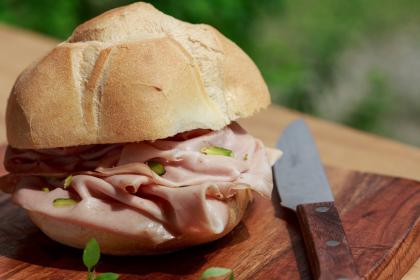
Una pausa gastronomica veloce, consumata all’aperto
The tradition at the table; the Roman-Jewish cuisine
